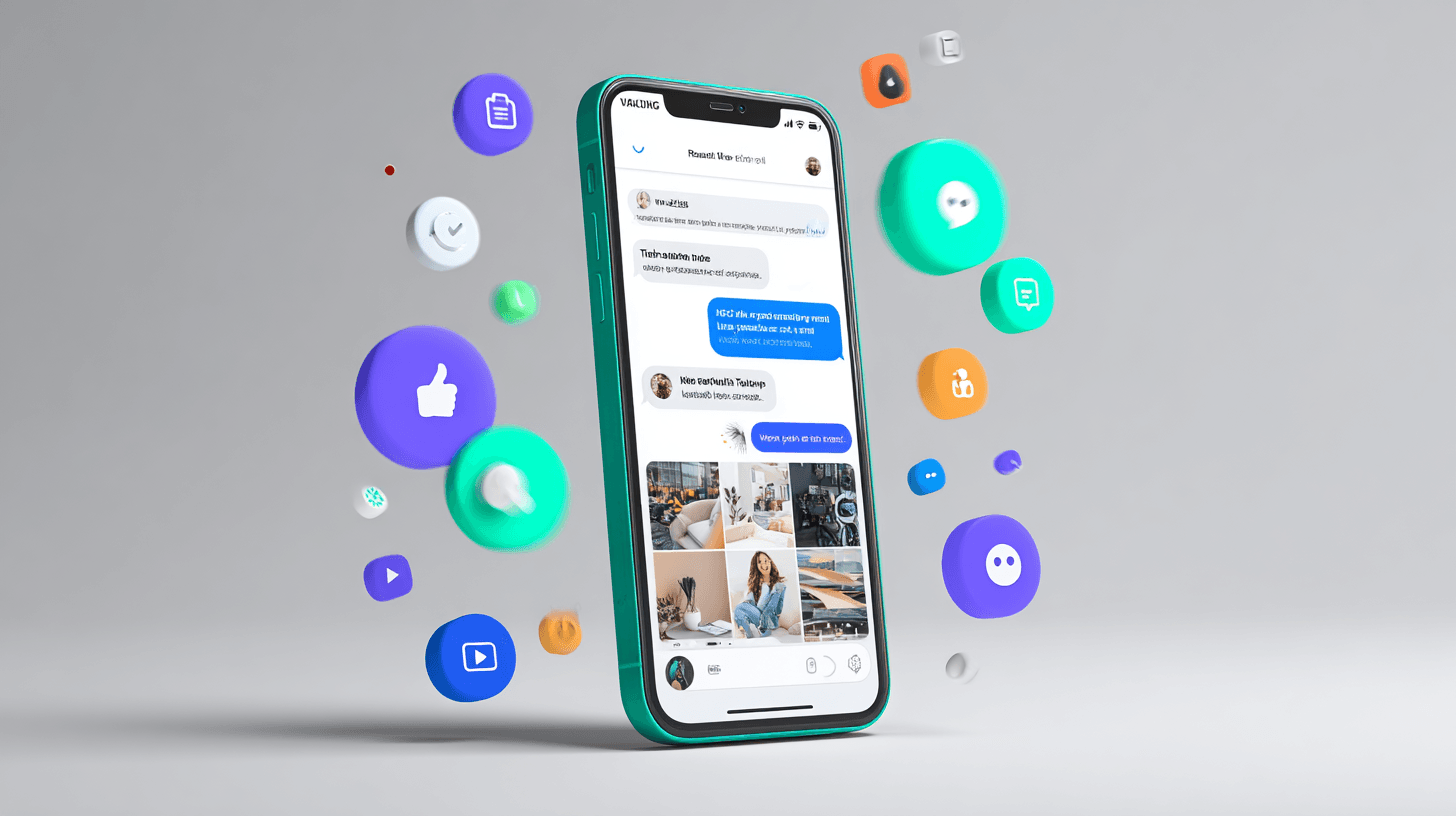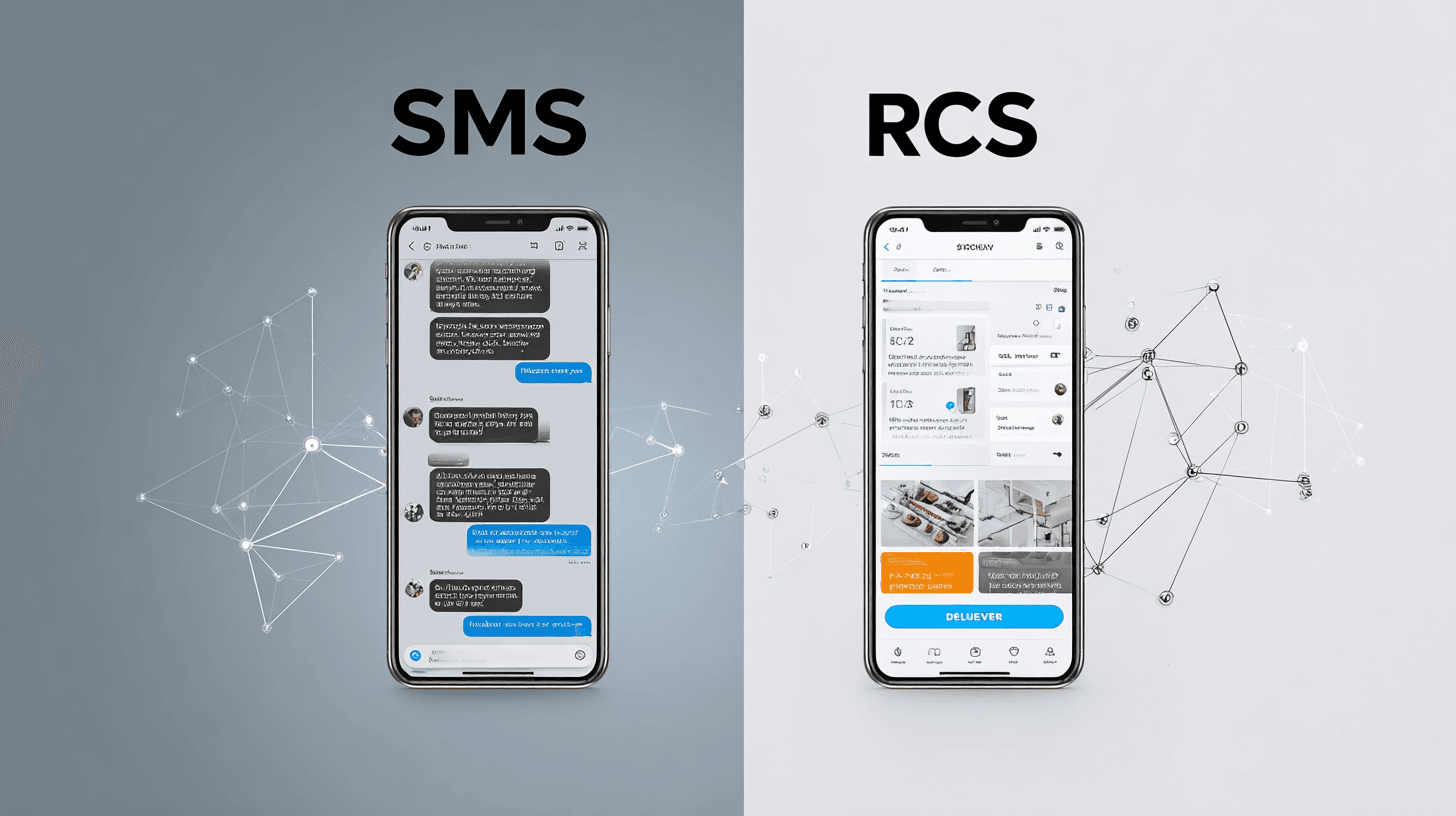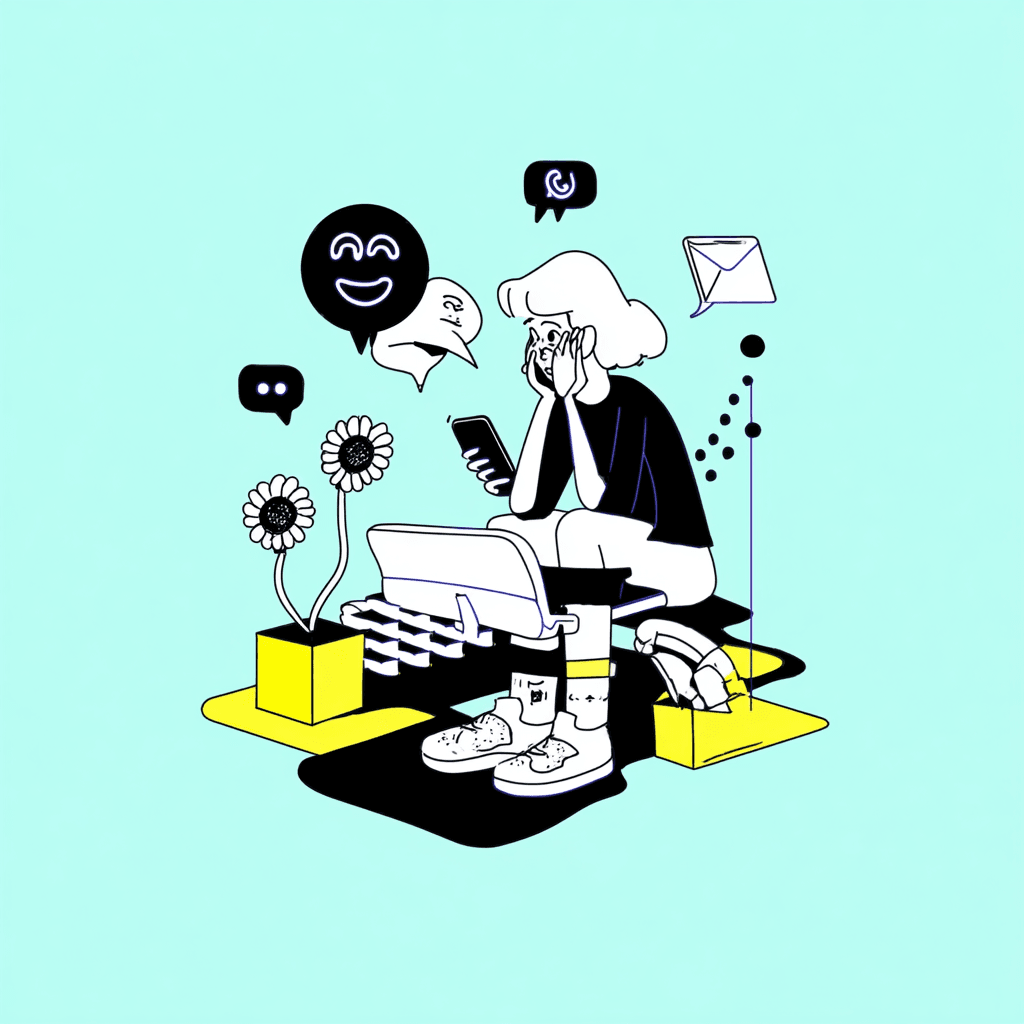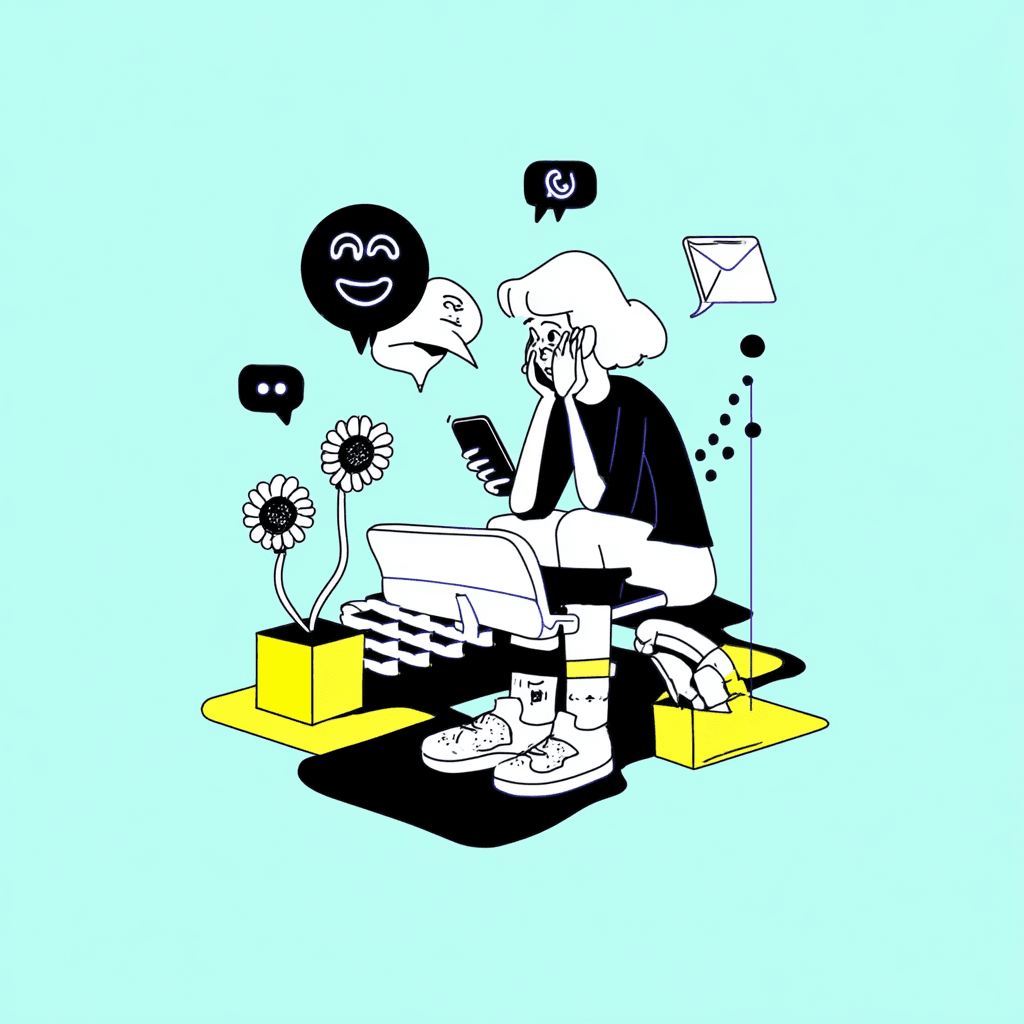In 2025, Customer Experience Software (CX Software) is the key
In 2025, Customer Experience Software (CX software) is the key for companies that want to sustainably scale their customer loyalty and service quality. Especially in e-commerce, where personalized experiences, fast handling and omnichannel communication make the difference, modern CX software sets new standards: from AI-driven automation to intelligent, cross-channel feedback management. But what’s behind it, how does it differ from CRM or call center solutions – and which tools secure you the decisive market advantage to best meet and exceed customer needs?
What is Customer Experience Software?
Customer Experience Software is far more than a trend or a new CRM module. It is the central platform for continuously designing, measuring, and optimizing customer experiences across the entire customer journey and all channels. The focus is on the customer and their interactions with your brand – not just the ticket or the sales closure. CX software connects all touchpoints, collects customer data, controls personalized communication and proactively orchestrates every experience from order to feedback.
Customer Experience Management Platform: The new standard
While many companies still work with CRM or helpdesk solutions, leading brands rely on comprehensive Customer Experience Management (CXM) platforms. These bundle all channels, data and interactions on one interface and make it possible to actively shape the entire customer journey – from the first interaction to the purchase to after-sales service.
Advantages of a CXM platform:
- All channels and data centrally connected → no more silos.
- Seamless control of marketing, service and feedback.
- Real-time analyses that make trends and bottlenecks immediately visible.
- Modular structure → start with core functions, scalable later.
The difference to CRM and call center
While CRM solutions largely manage contacts and sales processes, or call center software focuses purely on support functions, Customer Experience Management software optimizes every customer interaction: It analyzes sentiment, automates service processes, integrates feedback management (e.g., surveys) and brings AI-based routing, self-service portals and intelligent analytics directly onto one platform. For companies, this means more than management – it’s about strategic, AI-supported design of the entire customer journey.
Trends: AI, omnichannel and personalization
The big difference today? Three trends dominate the field:
AI-supported automation: Modern CX software takes over repetitive tasks, analyzes customer feedback in real time, identifies trends and automatically recommends actions even before the customer reacts. This results in efficient, individual experience management with minimal overhead and maximum speed.
Omnichannel communication: Email, chat, social media, app, telephone – all channels merge into a central platform. Customers experience the same service everywhere, at any time, no matter how or where they make contact. Omnichannel control and multichannel support are a must, not a nice-to-have.
Personalization and self service: Customer Experience Management thrives on individual addressing and automated self-service processes – from the WISMO query (Where is my order?) to targeted product recommendations or AI-based feedback management.
Self service & automation: Efficiency for teams and customers
Today, customers expect to be able to solve simple concerns themselves – immediately, around the clock. That’s why self-service portals, customer service chatbots and voice AI are among the must-haves of a CX platform.
- Reduces ticket volume.
- Creates transparency through WISMO, returns status or invoice downloads.
- Relieves service teams who can focus on more complex issues.
Integration & ecosystem: CX is not a single tool
The best customer experience softwares score with deep integrations:
- Shop systems (Shopify, WooCommerce, Shopware)
- CRM (HubSpot, Salesforce)
- ERP and logistics solutions
- Marketing automation (Klaviyo, Mailchimp)
This creates a seamless CX ecosystem that uses customer data at every touchpoint. Companies thus avoid vendor lock-in and secure future viability.
The 10 best Customer Experience Softwares in 2025
Choosing the right Customer Experience (CX) software is a crucial factor for companies that want to strengthen customer loyalty and design service processes efficiently in 2025. Important evaluation criteria include:
- Artificial Intelligence (AI): Automation, intelligent workflows, AI agents and personalization.
- Integrations: Connection to existing systems such as ERP, CRM or shop systems.
- User-friendliness: Easy operation for support and marketing teams.
- Pricing models: Transparent cost structures without hidden fees.
Top 10 solutions at a glance
1. Zendesk
Strengths: Proven platform, strong in ticketing and multichannel support.
Weaknesses: Partly complex to use, limited WhatsApp focus.
2. Freshworks
Strengths: Intuitive interface, good value for money.
Weaknesses: Less deep integrations for enterprise environments.
3. Qualtrics
Strengths: Market leader in customer insights and surveys.
Weaknesses: More focused on analysis, less on operational control.
4. Infor
Strengths: Close integration with ERP and CRM systems.
Weaknesses: Complex implementation, high onboarding effort.
5. Forsta
Strengths: Powerful in voice-of-customer and market research.
Weaknesses: Lower penetration in the DACH market.
6. BSI CX
Strengths: Swiss provider, GDPR-compliant, ideal for the DACH region.
Weaknesses: Smaller community, limited global support.
7. Salesforce Service Cloud
Strengths: Very comprehensive, leading in the enterprise segment.
Weaknesses: High costs, implementation often complex.
8. HubSpot Service Hub
Strengths: User-friendly, strong marketing and CRM ecosystem.
Weaknesses: Limited suitability for very complex requirements.
9. Genesys Cloud CX
Strengths: Powerful omnichannel call center solution, AI-supported.
Weaknesses: Focus on enterprise, relatively high entry barriers.
10. Chatarmin (ArminCX)
Strengths: AI-first CX suite, GDPR-compliant, deep Shopify and WooCommerce integrations, strong WhatsApp support.
Weaknesses: Focus on DACH e-commerce, less international orientation.
Comparison table Customer Experience Software
| Provider | Strengths | Integrations | AI features | Prices | Suitable for |
|---|---|---|---|---|---|
| Zendesk | Proven, strong in ticketing & multichannel support | Email, chat, social media, CRM systems | Automated workflows, self-service bots | Medium to high (per agent/month) | Medium-sized and large online retailers |
| Freshworks | Intuitive interface, good value for money | CRM, ERP, email, social media | Basic AI for routing & automation | Low to medium (per user) | SMEs and startups |
| Qualtrics | Market leader in customer insights & surveys | CRM, ERP, BI systems | Strong analysis and forecasting functions | High (enterprise) | Corporations, research-intensive companies |
| Infor | Deep ERP/CRM integration | ERP, CRM, supply chain | Limited, more reporting | High (enterprise) | Large companies with an ERP focus |
| Forsta | Voice-of-customer, market research | CRM, BI tools | Data analysis, text analysis | Medium to high | Market research, customer-centric companies |
| BSI CX | GDPR-compliant, DACH focus, high data security | CRM, ERP, marketing automation | Personalization, process automation | Medium to high (license model) | DACH companies, regulated industries |
| Salesforce Service Cloud | Comprehensive, leading in the enterprise segment | Broad app ecosystem, CRM, ERP, shop systems | AI-supported automation (Einstein AI) | Very high (enterprise) | Corporations, internationally operating brands |
| HubSpot Service Hub | User-friendly, strong in the marketing ecosystem | CRM, CMS, marketing tools | Automation, chatbots | Medium (tiered packages) | SMEs to mid-market |
| Genesys Cloud CX | Powerful omnichannel call center, AI-supported | Telephony, CRM, ERP, chat | Voice AI, sentiment analysis | High (enterprise) | Large service and call center teams |
| Chatarmin (ArminCX) | AI-first CX suite, GDPR-compliant, deep shop integrations, WhatsApp | Shopify, WooCommerce, Klaviyo, ERP, CRM | AI agents, automation, WhatsApp bots | Transparent, flexible (license/volume) | E-commerce in DACH, growth-oriented brands |
Buyer’s Guide: How do you find the right Customer Experience Management software?
Decision criteria for companies
- Company size: Choose scalable solutions – cloud, modular CX platforms are ideal for dynamic growth.
- Shop and CRM integrations: Check whether your most important systems (Shopify, WooCommerce, Salesforce, HubSpot, etc.) are seamlessly connected.
- AI automation: Rely on tools with real machine learning and workflow competence for ticketing, feedback and personalization.
- GDPR & security: Only fully GDPR-compliant, data-secure customer experience solutions guarantee sustainable growth in e-commerce.
- Multilingualism & self service: Internationalization and self-service portals are standard for ambitious brands.
Practical tips for tool selection and implementation
- Define requirements & use cases concretely
- Involve an interdisciplinary team in selection & testing
- Try demo versions & align with daily business
- Compare APIs/interfaces and onboarding processes
- Clearly measure successes via KPIs & customer feedback
ArminCX vs. large platforms: What makes e-commerce-first CX software?
ArminCX clearly stands out as e-commerce CX software:
- Seamless Shopify & WooCommerce integration for fast onboarding, quick go-live and deep shop data management.
- Smart workflows specifically for D2C brands: Automated processes for WISMO (“Where is my order?”), returns, invoice inquiries – directly without additional modules.
- Native social media & voice AI: Customer interaction and support via chat, social media and modern voice technology.
- Flexible pricing & scaling: No overpriced add-ons – functions for growth, multichannel support and AI automation are directly integrated.
Conclusion: Those who serve e-commerce or D2C in DACH benefit particularly from ArminCX as a specialized, practical customer experience platform with a real industry focus.
Integration: Seamless CRM, email & social media connect
Modern customer experience platforms such as ArminCX from chatarmin.com, Salesforce or HubSpot connect CRM, email and social media systems in a one hundred percent integrated manner. This creates a “customer experience cockpit” that dissolves silo structures, synchronizes data and optimally controls all interactions – a prerequisite for consistent, personalized customer journeys.
Success factors and best practices
Holistic CX strategy: From self-service portal to AI analytics to live support – the mix makes it!
Automation & real-time data: Tickets, feedback, CRM data, chat, voice – everything runs together via smart workflows.
Strengthen customer satisfaction: Less manual work, faster reactions, more individual addressing – for loyalty & growth.
Clear ROI through data: Analyses show which touchpoints, channels and workflows actually improve revenue, repurchase rates and NPS.
Conclusion: Rethinking Customer Experience
Customer Experience Software no longer means pure ticket management, but strategic control of the entire customer journey. Companies that rely on CXM platforms with AI, omnichannel and automation create the basis for growth and customer loyalty. Especially for D2C and e-commerce brands in the DACH region, ArminCX offers a specialized solution with practical integrations and GDPR security.
Frequently asked questions about Customer Experience Software
What is Customer Experience Software?
Customer Experience Software bundles, analyzes and automates interactions, feedback and data from all channels – for the best possible customer experience at every stage of the journey. It helps companies create customer profiles, better understand customer concerns and deploy the right tools at every customer touchpoint. This creates a deep understanding of customer expectations that leads to higher satisfaction.
Which is the best CX software?
There is no blanket answer – the choice depends heavily on your product and target group. For enterprise, Salesforce and Zendesk are leading, while in DACH e-commerce Chatarmin (ArminCX) stands out – with GDPR compliance, WhatsApp support, AI agents and fast integrations. Particularly important: The software must help you proactively address problems and create real customer experiences.
How does CX software differ from classic CRM?
Classic CRM solutions primarily manage email addresses, customer data and transactions. Customer Experience Software goes much further: It optimizes the complete customer journey, provides insights from the voice of the customer, enables personalized email templates and supports teams with ideas for better interaction. In this way, sales, support and marketing work hand in hand and jointly increase the quality of every interaction.
Which Customer Experience tools are currently leading?
Leading customer service software providers include ArminCX, Zendesk, Freshworks, Qualtrics, Infor, Forsta, BSI CX, Salesforce, HubSpot and Genesys. While large companies often rely on enterprise solutions, ArminCX scores particularly well in e-commerce. It not only improves employee efficiency, but also optimizes the customer experience through smart automation and direct shop integrations.
When is a CX platform worthwhile?
A CX platform is worthwhile from around 1,000+ customers or several service employees. Structured processes are particularly crucial for returns, multi-channel orders or strong growth. Modern platforms offer guidelines, best practices and powerful tools to systematically meet customer expectations. At the same time, they promote a customer-oriented culture in the company and create clear advantages in sales and service.
How does the introduction succeed?
The introduction of a CX solution succeeds with clear goal setting, process mapping, interface concept and a practical onboarding plan. Demo tests and pilot projects provide valuable insights that help adapt the software optimally to your own culture and the defined customer profiles. It is crucial that customer concerns are the focus and that topics such as customer support and sales are aligned from the start. This creates a future-proof customer experience strategy. And that’s exactly what we do in the demo and onboarding.
Find out how ArminCX automates your customer communication – book your individual demo now!
Any questions?
Request a live demo of ArminCX directly. This is how you find the best customer experience software for your company in the DACH region – and put your customers/employees at the center of every decision!








